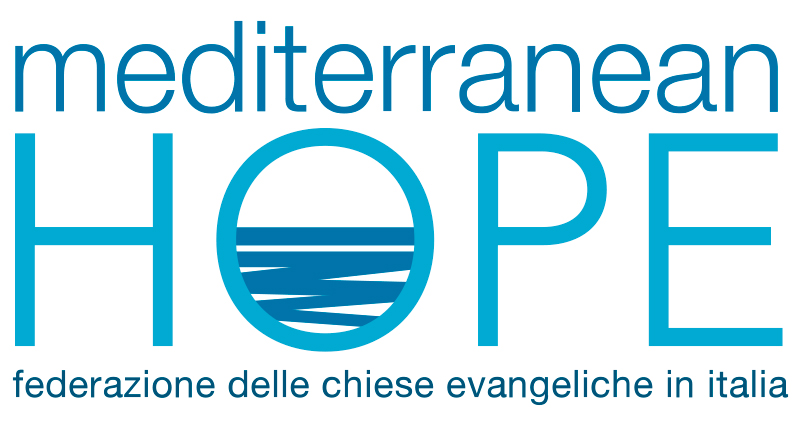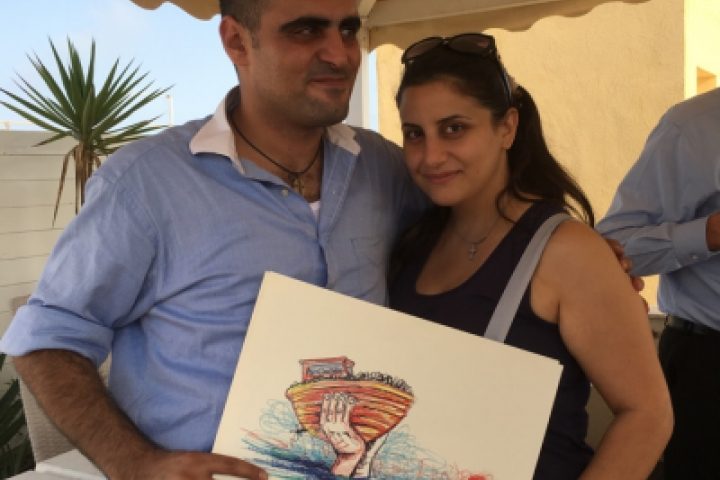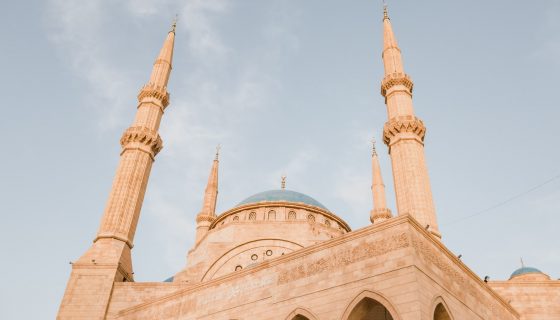- Mediterranean Hope - Federazione delle chiese evangeliche in Italia
- mh@fcei.it
Humanitarian Corridors: beyond political gesture
Vicki Squire – openDemocracy
Around 300 people have entered Italy from Lebanon via safe and legal routes pioneered by faith groups. This pilot project holds great potential as an innovative approach to the so-called ‘refugee crisis’.
Events such as the horrific shipwreck of 3 October 2013 off the coast of Lampedusa are now commonplace in the Mediterranean. With over 6,000 people reported to have been rescued on 3 October 2016, a new approach is long overdue. This is why a programme of safe and legal passage, already underway in Italy, is so important. In pressing for an effective response to deaths at sea, Corridoi Umanitari – humanitarian corridors – appears to provide a new way forward for Europe’s so-called ‘refugee crisis’.
Corridoi Umanitari
Humanitarian Corridors is the result of an ecumenical collaboration between Catholics and Protestants. This includes Community of Sant Egidio, the Federation of Protestant Churches in Italy (FCEI), and the Waldensian and Methodist Churches. While many states are moving against European efforts to relocate people seeking refuge, the Corridoi Umanitari programme strives to put a more human and humane approach into action. It does so by facilitating the direct movement of people from the Middle East and North Africa to Europe.
As a pilot initiative which began earlier this year, this programme is the first of its kind in Europe. It aims to prevent border deaths at sea by providing a safe flight to Italy, and it therefore also aims to combat smuggling and trafficking networks. Specifically, the programme seeks to support people in so called “vulnerable conditions” to enter Italy legally on the Article 25 Schengen Limited Territorial Validity (LTV) visa . This means that people are able to make a claim to international protection once they have safely arrived to Europe, rather than making dangerous journeys without visa authorisation in order to claim territorial asylum.
The Italian government has agreed to support a total of 1,000 arrivals via this mechanism over two years. Italy appears keen to demonstrate political leadership in this area, and recent indications suggest the programme will be extended further. Indeed, the programme comes at a relatively low price. The Humanitarian Corridoors programme is funded by the Waldensian Church via the eight per thousand tax system, as well as by fundraising efforts. Hence, it does not present any costs to the Italian government.
People are chosen to participate in the programme through visits made directly by programme organisers to camps in Lebanon. There, interviews are held with potential beneficiaries to assess whether their situation meets one or more vulnerability criteria. These criteria include: (a) those who have experienced conflict, warfare and persecution; (b) women, particularly pregnant women and single mothers; (c) unaccompanied minors; (d) those who have been identified in a first stage of assessment as prima facie refugees; and (e) those who have serious medical needs that cannot be treated where they are.
Once programme organisers have identified a list of people who qualify on one or more of these bases, the list is forwarded to the Italian Embassy for approval. To date, around 300 people had entered Italy from Lebanon via this route. It was recently reported at a Mediterranean Hope (FCEI) press conference that another 100 are due to arrive on 20 October. Plans to extend the project to Morocco and Ethiopia and to introduce the initiative to European states beyond Italy are already underway.
A new way forward?
So, can Humanitarian Corridors provide a way forward from the so-called refugee crisis? Two points are worth noting here. First, the initiative is important because it broadens the understanding of who counts as a person in a vulnerable situation. It does not rely on distinctions that have been questioned by recent research such as those between political and economic or between forced and voluntary migration.
Second, the initiative also deepens protection by providing a safe and legal route for those seeking safety in Europe, and by initiating support and integration measures immediately on arrival. This is critical in order that international protection measures are not diluted through the reduction of rights in practice, and in order to mitigate against policies of externalised measures of control that have become integral to European policies over recent years.
The importance of this initiative is highlighted by a man I spoke with from Syria, who arrived to Italy with his wife via this programme in June 2016. He described his journey as “incomparable” with that of his brother, whom travelled via the Balkan route to Turkey last year. Moreover, he explained how his brother was surprised that when the couple arrived in Turin they had a house, a flat key, and freedom to come and go. His brother spent four months in a camp like a prison when he first came to Europe. “He was not dealt with as a human being” my new amico (friend) tells me.
Beyond political gesture
 Despite the importance of this programme, questions remain as to the limited scope of this project. In particular, an issue emerges here about the challenges of an initiative that does not involve legal duty on the part of the state. While some legal opinion asserts that states should be obliged under international and European law to provide humanitarian visas for people who request them, there does not seem to be indication to suggest that states see any obligation to provide safe and legal routes. As such there is a risk that the programme is reduced to a political gesture on the part of governments that seek to present an image to the wider community that they are ‘doing their bit’.
Despite the importance of this programme, questions remain as to the limited scope of this project. In particular, an issue emerges here about the challenges of an initiative that does not involve legal duty on the part of the state. While some legal opinion asserts that states should be obliged under international and European law to provide humanitarian visas for people who request them, there does not seem to be indication to suggest that states see any obligation to provide safe and legal routes. As such there is a risk that the programme is reduced to a political gesture on the part of governments that seek to present an image to the wider community that they are ‘doing their bit’.
Moreover, there are also problems in the linkage of this initiative to formal procedures of applying for asylum, especially where existing visa frameworks remain unchallenged. While the definition of vulnerability that the programme employs is important in expanding the definition of international protection, it does not fully free itself from existing categorisations of protection along with hierarchies embedded in the provision of refugee status, subsidiary protection and temporary protection. Critically, it does not go so far as to challenge the grossly unequal visa policies that lead to the irregular movements to Europe in the first place. Without this, there is a risk that the initiative could simply provide a soft edge to an essentially brutal system.
Finally, there is also an issue here about civil society organisations taking responsibility for the provision of protection needs in place of the state. Professor Paolo Naso from Universita di Roma, Sapienza, who is responsible for the programme, highlighted this at a press conference in Lampedusa on 3 October 2016. He asked: “Is it only by chance that the only real experiment [in safe and legal routes] comes from two small independent churches and not from authorities or big institutions?”
As a pilot project, Corridoi Umanitari holds great potential as an innovative approach to the so-called ‘refugee crisis’. It also needs further development in order that it is not reduced to political gesture, and in order that the safe and legal routes it opens up are part of a wider transformation of the conditions under which border deaths so frequently occur.
Yet the significance of Humanitarian Corridors is readily evident on the southern Italian island of Lampedusa. Here, 3 October is a head-on confrontation with the realities of increasing border deaths; tragedies which local residents have now faced for many years. Each year commemoration events are organised by the group Comitato Tre Ottobre, involving survivors of the 3 October shipwreck, family members of the deceased, NGOs and the local community at large.
While 3 October is an event that brings the survivors to the fore, it is haunted by those that are not present. This not only includes those who died on the journey, but also those who cannot join the event as their status does not permit legal travel. Let’s not forget the many who are immediately detained on being rescued at sea, as well as those who are deported from European territories such as the most recent targets of such policies: people returned to Afghanistan.
Indeed, it is not only the tragedy of border deaths, but also the criminalisation of migration that needs to stop. Humanitarian Corridoors present one partial, yet nevertheless very important, step in this direction.





